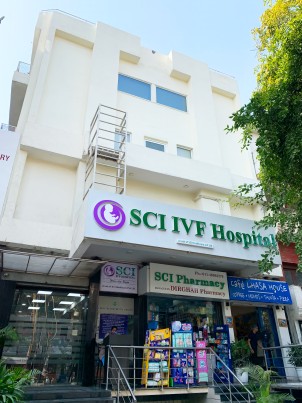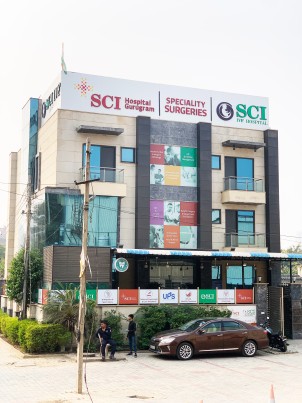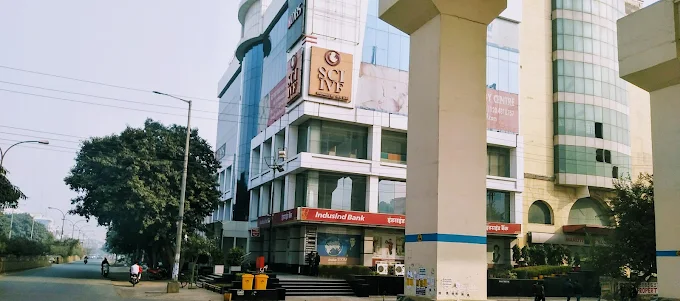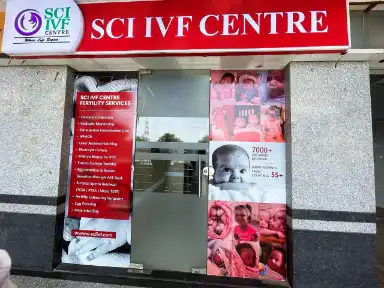Blastocyst Culture Treatment in India
Book an AppointmentBest Blastocyst Culture Hospital in India
SCI IVF Hospital stands out as the #1 hospital in India with 25+ years of experience, with an excellent embryology laboratory to provide sophisticated blastocyst culture treatment. This method allows embryos to develop for five or six days, allowing the healthiest ones to be chosen for transfer and increasing pregnancy rates. With over 8,000 ART babies born and couples from more than 55 countries, SCI IVF is the most trusted globally. Its transparency, ethical practices, and compassionate support have helped them to overcome their failures.
What is Blastocyst Culture Treatment?
Blastocyst Culture is a method used in IVF where we allow the embryo to grow for 5 to 6 days in the lab, instead of stopping at Day 2 or 3. By doing this, we can observe which embryos are developing normally into the blastocyst stage. This is the stage right before implantation, so it matches the body’s natural timeline. Only strong embryos reach this stage. That’s why success rates are higher. Blastocyst culture IVF India is ideal for couples who have had failed IVF, or those who want to avoid transferring multiple embryos, but still want good success rates.
Book An Appointment
What to Expect After Treatment?
During the Process
Prior to the transfer of a blastocyst, eggs are retrieved from the ovaries, and combined with sperm inside the lab to allow fertilization. The embryos in development are closely checked, and only the most healthy blastocysts are selected to transfer. Once the embryo is ready, it's delicately placed into the uterus with a small catheter. When you undergo SCI IVF every procedure is performed with care to ensure the highest chance of a pregnancy that is healthy.
After the Process
Once the blastocyst is transferred, most women return home within a few hours. One might feel cramping or bloating for a day or two. A blood test is scheduled after 12 to 14 days. If it’s positive, we follow up immediately. If it’s not, the team reviews the whole cycle. Whether it works the first time or not, one will get full guidance.
Success Rate of Blastocyst Culture
Success rates can be as high as 70% per cycle, especially in younger women or those with good embryo count. It's more reliable than Day 3 transfers and is often recommended after previous IVF failures.
How Much Does Blastocyst Culture Cost in India
The extra cost for blastocyst culture ranges between ₹20,000 to ₹35,000 on top of standard IVF. Pricing depends on lab setup and freezing. All costs are clearly outlined from the outset to ensure complete transparency and help set accurate expectations throughout the treatment process.
Step-by-Step: Blastocyst Culture Process
- First, eggs are collected from the woman’s ovaries
- The eggs are fertilized with sperm in the lab
- The fertilized eggs are placed in an incubator
- We check embryo growth daily under a microscope
- By Day 3, we assess their development
- Only healthy embryos are kept growing
- On Day 5 or 6, we select the best blastocysts
- Embryo transfer is done with one or two top-quality blastocysts
- Extra good-quality embryos, if any, can be frozen
- The patient return home the same day after the transfer
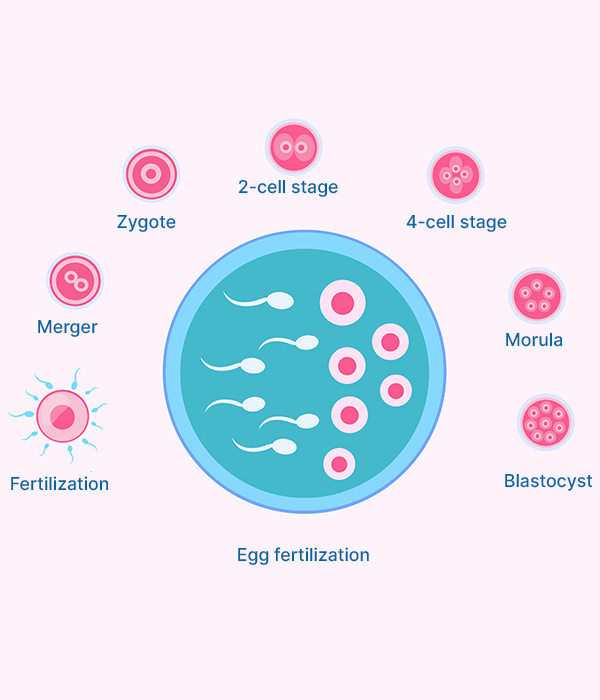
Benefits of Blastocyst Culture Treatment
- Helps select embryos that are truly growing well
- Higher chance of implantation
- Better matches the natural timing of implantation
- Reduces the need to transfer multiple embryos
- Decreases the risk of twins or triplets
- Makes embryo grading more accurate
- Useful for single embryo transfer
- Good for younger women with many embryos
- Helps avoid weak embryo transfer
- Can assist in repeated IVF failure cases
- Improves genetic testing accuracy
- Only strong embryos reach this stage
- May reduce emotional stress by avoiding poor outcomes
- Useful for patients with unexplained infertility
- Often leads to better pregnancy outcomes
Risks of Blastocyst Culture Treatment
- Not all embryos make it to Day 5
- In some cases, no embryo is left to transfer
- Fewer embryos may mean fewer frozen options
- It may not suit women with poor egg quality
- Emotional pressure if the cycle is canceled
- Slightly higher cost than Day 3 transfer
- The risk of identical twins if splitting occurs
- Delay in transfer if no blastocyst forms
- Success depends on lab quality and timing
- Not ideal for women with low ovarian reserve
Why Choose SCI IVF For Blastocyst Transfers?
1200+ Blastocyst Transfers Done
Each one carried out with care, precision, and focus on outcomes.
State-of-the-Art Lab with 24x7 Monitoring
Blastocysts are grown in advanced incubators with real-time observation.
Treatment Led by Senior Doctors, Not Assistants
You're guided directly by the experts—not handed off.
Up to 70% Success Rate in Blastocyst Transfers
Even patients with prior IVF failure have seen results here.
Real Talk About Success Chances
No false promises. You’ll know exactly where you stand.
No Over-Treatment, No Shortcuts
Only what’s needed. Nothing more, nothing hidden.
Known for Handling Complex IVF Cases
Especially couples who’ve faced 2 or more failed cycles elsewhere.
Costs Shared Clearly from Day One
Written plans, no surprise charges, no sudden add-ons.
1,200+ Patients Received Counselling Last Year
Emotional support isn’t extra here—it’s part of your care.
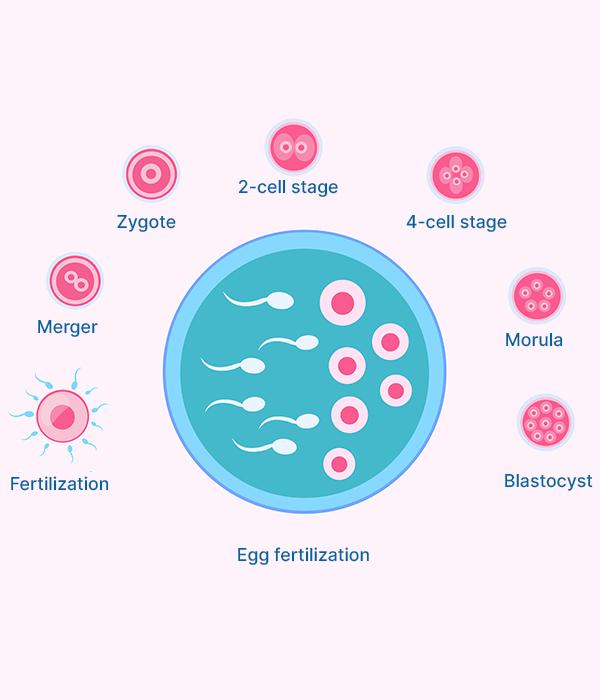
FAQs on Blastocyst Culture Treatment
Yes, especially for patients with many embryos. It helps pick the strongest ones.
No. That’s why we track them daily. Only the good ones continue growing.
No. The embryo transfer is gentle. There’s no anesthesia needed. It feels like a pap smear.
Yes. If more than one grows well, they can be frozen for later use.
Yes. Babies born after blastocyst transfer are as healthy as any other IVF babies.
